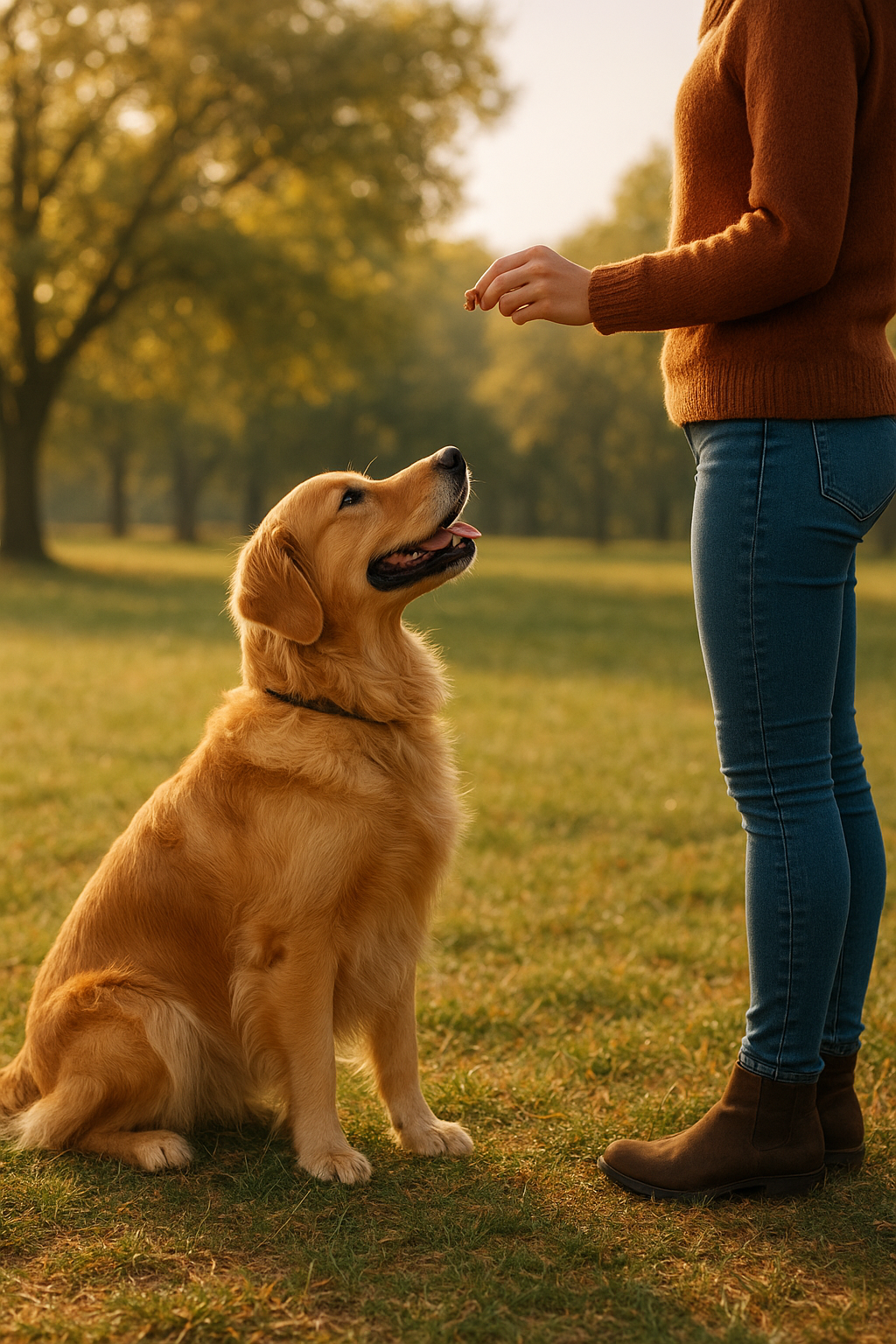
Puppy Obedience Training 101: Essential At-Home Tips & Why Puppy Classes Matter
Share
Bringing home a new puppy is exciting, but it also comes with responsibility. One of the most important things you can do for your new furry friend is start puppy obedience training right away. By teaching your pup basic skills at home, you’ll give them a head start before enrolling in puppy classes near you.
This guide covers essential at-home puppy training tips, the top five skills to practice, common mistakes to avoid, and why pairing home practice with professional puppy classes sets your dog up for lifelong success.
Why Puppy Obedience Training at Home Matters
Puppies are most receptive to learning in their first few months. By starting puppy training at home, you’ll:
- Build Good Habits Early: Teaching commands like sit, stay, and recall prevents problem behaviors later.
- Strengthen Your Bond: Training creates trust and communication between you and your dog.
- Boost Confidence: Puppies who practice listening at home adjust better to new people, dogs, and environments.
- Prepare for Puppy Classes: Dogs with a foundation in obedience training feel more confident in group settings.
5 Key Puppy Training Skills to Teach Before Puppy Classes
Here are the top skills every puppy should practice at home before attending their first puppy obedience class:
1. Name Recognition
Getting your puppy’s attention starts with teaching them to respond to their name.
- Say their name in a happy voice.
- Reward immediately when they look at you.
- Practice in different rooms and during play.
- Keep sessions short and positive—never use their name to scold.
2. Sit
The “sit” command is a cornerstone of puppy obedience training.
- Hold a treat to your puppy’s nose, then move it upward and back.
- When their bottom hits the ground, say “Sit” and reward.
- Practice several short sessions each day.
- Ask for “sit” before meals, play, or going outside so it becomes second nature.
3. Recall (“Come”)
A reliable recall is one of the most important puppy training skills.
- Start in a quiet space and call, “Come!” with enthusiasm.
- Crouch down, open your arms, and cheerfully encourage your puppy.
- Reward with high-value treats and praise.
- Gradually increase difficulty by practicing in the yard or on a long leash.
4. Gentle Handling
Getting your puppy comfortable with being touched makes grooming and vet visits easier.
- Gently touch ears, paws, and tail for short moments.
- Reward with treats and praise.
- Gradually increase how long you handle each area.
- Practice regularly so handling feels safe and normal.
5. Leash Familiarity
Leash manners make walks enjoyable for both of you.
- Let your puppy wear their harness or collar indoors first.
- Attach a lightweight leash and let them drag it under supervision.
- Pick up the leash and reward them for following you.
- Practice short sessions indoors, then move outside to quiet areas.
Common Puppy Training Mistakes to Avoid
Many new dog owners accidentally make training harder without realizing it. Here’s what to watch out for:
- Repeating Commands: Saying “sit, sit, sit” teaches your puppy to ignore the cue. Say it once, guide them, then reward.
- Using Their Name Negatively: Always keep their name positive, or they’ll stop responding.
- Pulling on the Leash: Yanking creates resistance. Stop walking until your puppy relaxes, then reward calm behavior.
- Training Too Long: Puppies have short attention spans. Stick to 3–5 minute sessions.
- Punishment-Based Training: Harsh corrections can harm trust. Stick with positive reinforcement for the best results.
Why Combine At-Home Puppy Training with Puppy Classes?
While at-home training is essential, puppy classes add extra benefits that can’t be replicated at home:
- Socialization with Other Dogs: Puppies learn how to play politely and focus around distractions.
- Professional Guidance: Certified trainers can correct issues before they become habits.
- Owner Confidence: Puppy classes teach you how to communicate consistently with your dog.
- Real-Life Practice: Practicing obedience in new environments helps your puppy become well-rounded.
If you’re searching for “puppy classes near me,” be sure to choose a trainer who uses positive reinforcement methods and provides plenty of socialization opportunities.
Final Thoughts on Puppy Obedience Training
Training your puppy at home gives them an early advantage, builds a strong bond with you, and makes daily life easier. But combining at-home practice with professional puppy obedience classes offers the perfect balance of structure, socialization, and expert support.
Start small, keep training fun and positive, and remember—consistency is key. The earlier you begin, the more confident, obedient, and happy your puppy will grow up to be.
